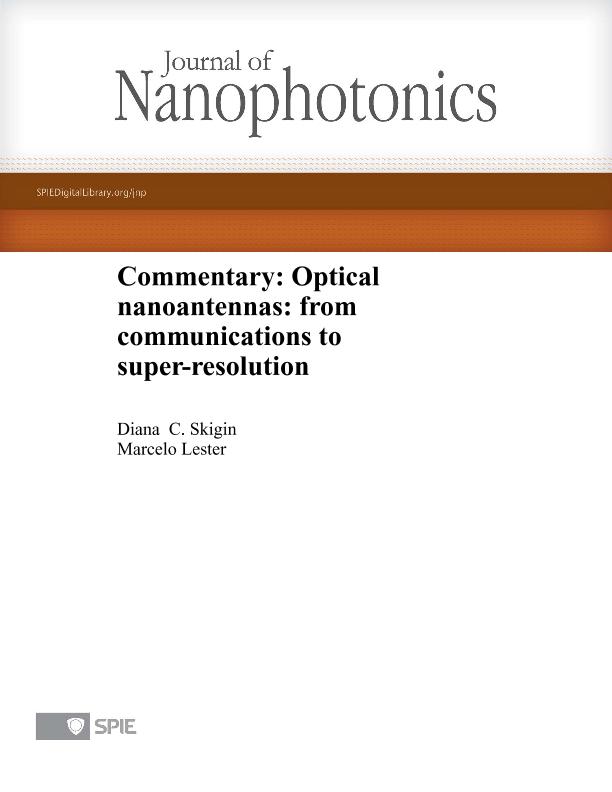Artículo
Commentary: Optical nanoantennas: From communications to super-resolution
Fecha de publicación:
06/2011
Editorial:
Society of Photo-Optical Instrumentation Engineers
Revista:
Journal Of Nanophotonics
ISSN:
1934-2608
Idioma:
Inglés
Tipo de recurso:
Artículo publicado
Clasificación temática:
Resumen
As silicon is the basis of conventional electronics, so strontium titanate (SrTiO3) is the foundation of the emerging field of oxide electronics1,2. SrTiO3 is the preferred template for the creation of exotic, two-dimensional (2D) phases of electron matter at oxide interfaces3–5 that have metal–insulator transitions6,7, superconductivity8,9 or large negative magnetoresistance10. However, the physical nature of the electronic structure underlying these 2D electron gases (2DEGs),
which is crucial to understanding their remarkable properties11,12, remains elusive. Here we show, using angle-resolved photoemission spectroscopy, that there is a highly metallic universal 2DEG at the vacuum-cleaved surface of SrTiO3 (including the non-doped insulating material) independently of bulk carrier densities over more than seven decades. This 2DEG is confined within a region of about
five unit cells and has a sheet carrier density of 0.33 electrons per square lattice parameter. The electronic structure consists of multiple subbands of heavy and light electrons. The similarity of this 2DEG to those reported in SrTiO3-based heterostructures6,8,13 and field-effect transistors9,14 suggests that different forms of electron confinement at the surface of SrTiO3 lead to essentially the same
2DEG. Our discovery provides a model system for the study of the electronic structure of 2DEGs in SrTiO3-based devices and a novel means of generating 2DEGs at the surfaces of transition-metal oxides
Palabras clave:
Nanoantennas
,
Plasmonics
,
Optical Resonances
Archivos asociados
Licencia
Identificadores
Colecciones
Articulos(CCT - TANDIL)
Articulos de CTRO CIENTIFICO TECNOLOGICO CONICET - TANDIL
Articulos de CTRO CIENTIFICO TECNOLOGICO CONICET - TANDIL
Articulos(IFIBA)
Articulos de INST.DE FISICA DE BUENOS AIRES
Articulos de INST.DE FISICA DE BUENOS AIRES
Citación
Skigin, Diana Carina; Lester, Marcelo Fabian; Commentary: Optical nanoantennas: From communications to super-resolution; Society of Photo-Optical Instrumentation Engineers; Journal Of Nanophotonics; 5; 1; 6-2011; 1-4
Compartir
Altmétricas




